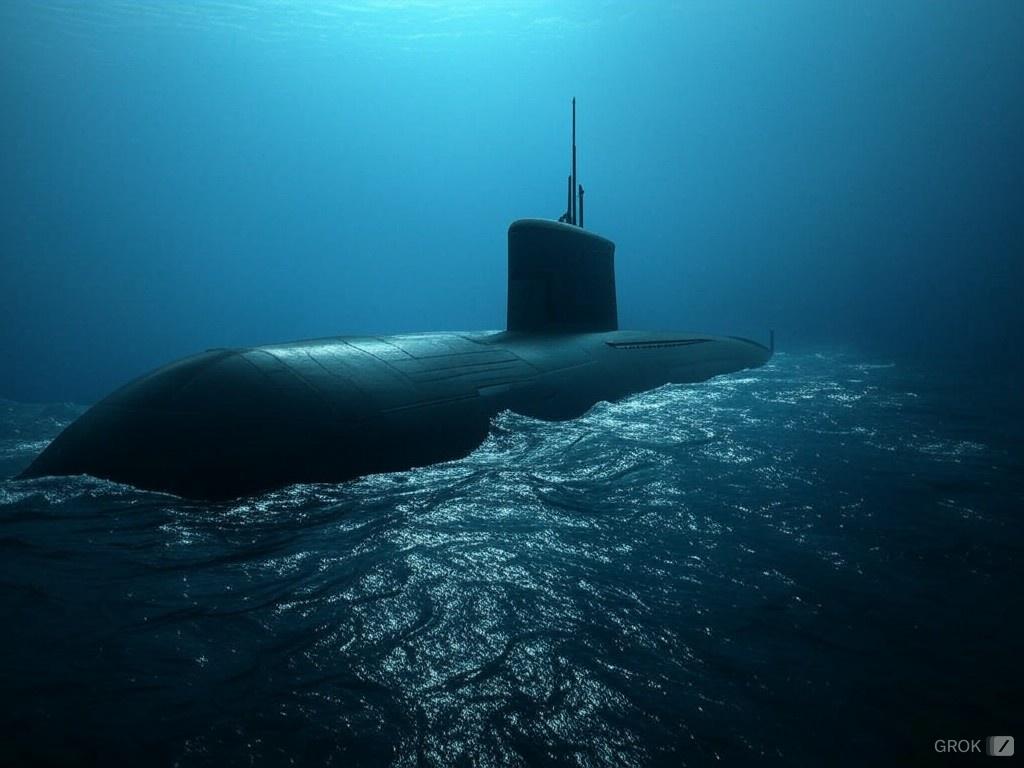SOURCE: AFI


India’s ambitious Project 77, India’s First Gen Nuclear attack submarine, is set to feature an entirely new hull design. This significant departure from the Arihant-class design reflects the need to accommodate technological advancements, including a larger and more powerful 190MW nuclear reactor, which demands increased internal space and structural modifications.
The Arihant-class submarines, with their relatively compact internal bulkheads, were designed to house the 83MW reactor. The new 190MW reactor for Project 77, developed by the Bhabha Atomic Research Centre (BARC), represents a dramatic increase in power output. This reactor not only ensures greater propulsion capabilities but also supports a longer operational range and more sophisticated onboard systems. However, its size necessitates a larger reactor compartment and redesigned bulkheads, which the Arihant-class cannot accommodate.
The new hull design also addresses India’s evolving strategic requirements. Project 77 is expected to be capable of carrying a greater number of Submarine Launched Cruise missile that includes a Hypersonic missile system, including future iterations with extended ranges. This capability will significantly bolster India’s second-strike capability, a cornerstone of its nuclear deterrence strategy.
While the Arihant-class submarines was initially designed as an SSN it was further modified to the SSBN configuration, Project 77 represents a quantum leap in design, capability, and performance. Lessons learned from the Arihant program, including challenges in reactor integration and hull construction, are being leveraged to ensure smoother development and production cycles for Project 77.
The redesign of the hull is not merely about size but also incorporates improvements in hydrodynamics, survivability, and stealth. Some of the key enhancements likely include:
- Expanded Dimensions: A larger internal volume will be required to house the new reactor, additional missile VLS, and improved crew facilities for extended underwater endurance.
- Advanced Hydrodynamics: A redesigned hull shape, optimized for reduced drag, will enhance speed and stealth, crucial for avoiding detection by adversary naval assets.
- Improved Acoustic Signature Management: Innovations in hull coatings and internal noise-dampening measures will ensure the submarine remains undetectable in operational environments.
- Modular Bulkheads: Flexible internal configurations will allow for easier integration of advanced systems, including sonar, navigation, and communication suites.